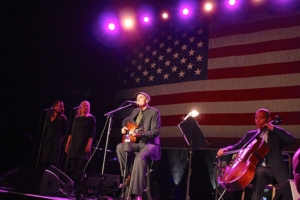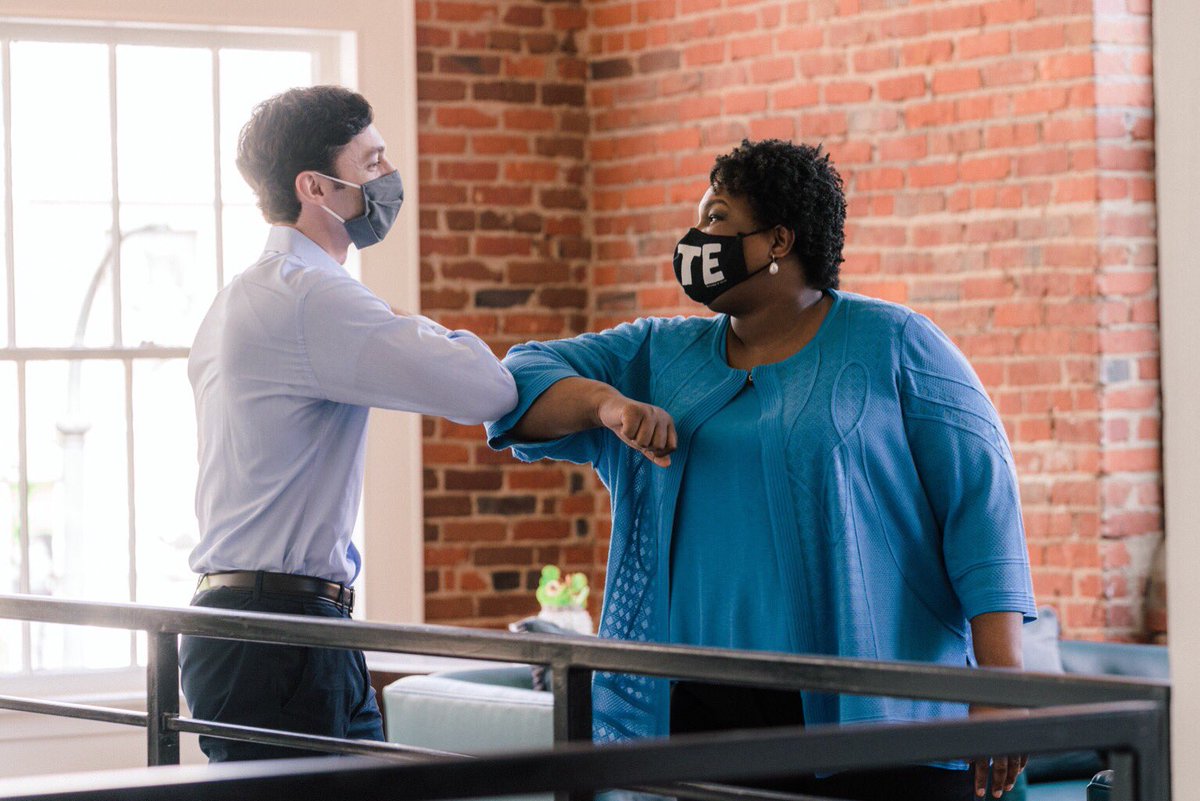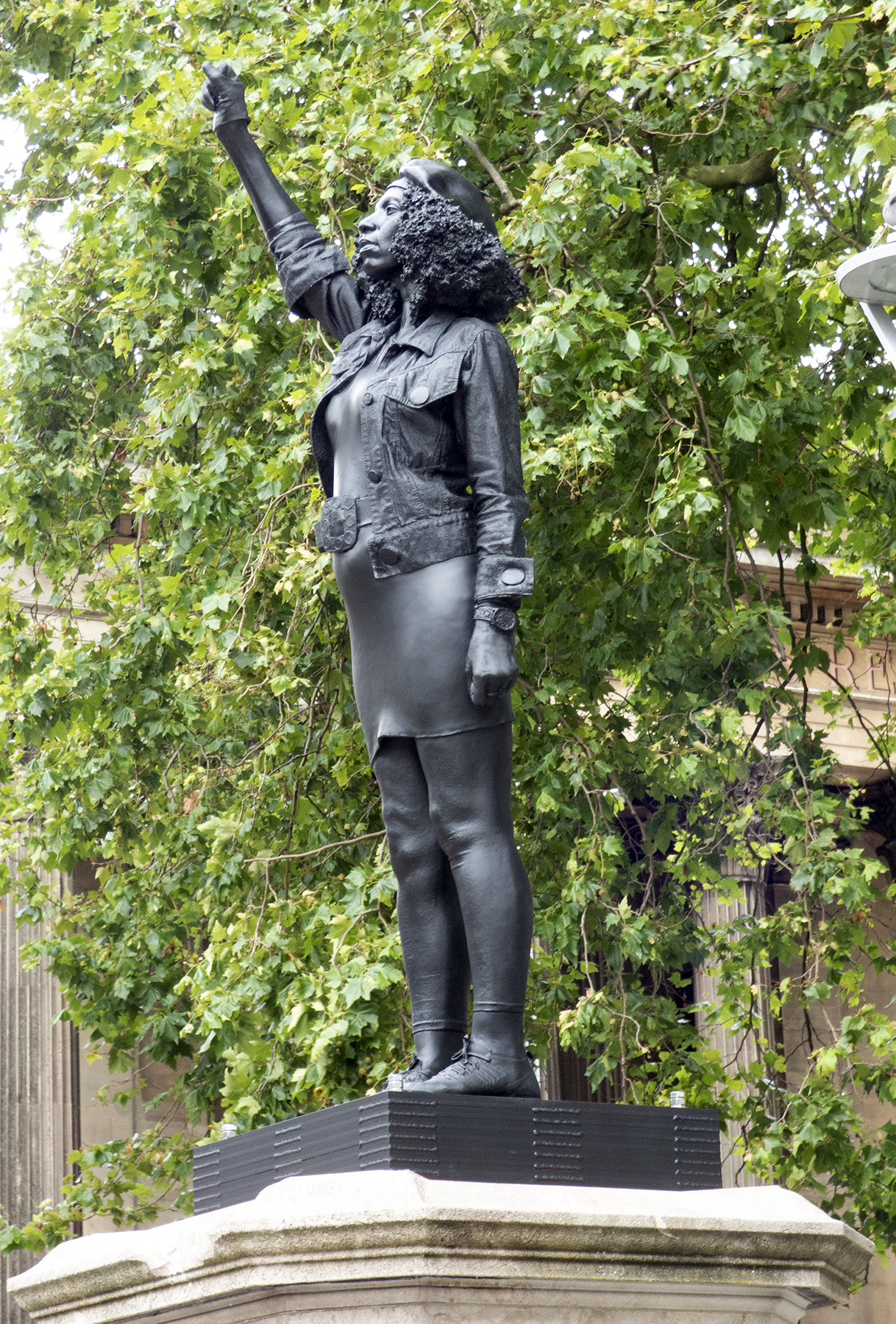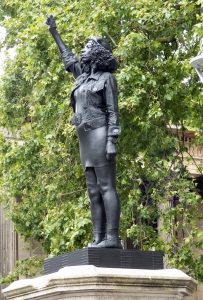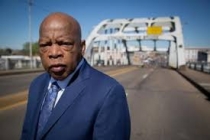Ahead of No Kings Day, the King’s Nobles are Getting Nervous
From Mike Kehoe, the Governor of Missouri, as he gets in the Executive Order business today:
WHEREAS, our citizens have the right to peacefully assemble and protest, and the State of Missouri is committed to protecting the lawful exercise of the citizens’ constitutional rights; and
WHEREAS, the events that are occurring or could occur in the cities of Kansas City, Springfield, St. Louis, and other affected communities, in the State of Missouri, have created or may create conditions of distress and hazards to the safety, welfare, and property of the citizens and visitors of the communities beyond the capacities of local jurisdictions and other established agencies; and
WHEREAS, the rule of law must be maintained in the cities of Kansas City, Springfield, St. Louis, and other affected communities, in the State of Missouri, for the protection, safety, welfare, and property of the citizens, visitors, and businesses of those communities; and
WHEREAS, additional resources of the State of Missouri are or may be needed to help relieve the conditions of distress and hazard to the safety and welfare of the citizens of the cities of Kansas City, Springfield, St. Louis, and other affected communities; and
WHEREAS, the conditions necessary to declare the existence of an emergency pursuant to Chapter 44, RSMo, are found to exist due to the potential of civil unrest; and
WHEREAS, an invocation of the provisions of sections 44.010 through 44.130, RSMo, is necessary to ensure the safety and welfare of the citizens of the State of Missouri; and
WHEREAS, in consultation with community leaders, public safety officials, and emergency preparedness officials, I have determined that the following actions are necessary and appropriate to provide for the safety and welfare of Missouri’s citizens, visitors, private property, and businesses.
NOW, THEREFORE, I, MIKE KEHOE, GOVERNOR OF THE STATE OF MISSOURI, by virtue of the authority vested in me by the Constitution and the Laws of the State of Missouri, including Sections 44.010 through 44.130, RSMo, do hereby declare that a State of Emergency exists in the State of Missouri due to civil unrest.
I further order, pursuant to Sections 41.480 and 41.690, RSMo, the Adjutant General of the State of Missouri, or his designee, to forthwith call and order into active service such portions of the organized militia as he deems necessary to aid the executive officials of Missouri, to protect life and property, and it is further ordered and directed that the Adjutant General or his designee, and through him, the commanding officer of any unit or other organization of such organized militia so called into active service take such action and employ such equipment as may be necessary in support of civilian authorities, and provide such assistance as may be authorized and directed by the Governor of this State.
This order shall terminate on June 30, 2025, unless extended in whole or in part.
IN WITNESS WHEREOF, I have hereunto set my hand and caused to be affixed the Great Seal of the State of Missouri, in the City of Jefferson, on this 12th day of June, 2025.
I can’t help but note some interesting language in this proclamation – phrases like “or could occur” and “or may create” in the second “whereas,” the phrase “or may be needed” in the fourth “whereas,” and especially “the potential of” in the fifth “whereas.”
Somehow, Kehoe manages to take all this subjunctive language about possible future situations as justification for his big THEREFORE: “I, Mike Kehoe . . . do hereby declare that a State of Emergency exists in the State of Missouri due to civil unrest.” I think he left “the possibility of” out of that last sentence, as that sentence probably ought to end with “the possibility of civil unrest.”
There have been plenty of protests across the state of Missouri over the last few months, in large blue cities and smaller red towns, and no reports of violence against people or property. None. Nada. Zip. The protests have targeted Musk and the DOGE cuts, RFK Jr’s dismantling of the nation’s public health infrastructure, the ICE crackdowns, and more, with the number of protests growing and spreading. This weekend, the planned No Kings protests have been gaining more and more attention, with more and more people getting more and more upset about what it being done in their names.
So the King’s Nobles are apparently pushing back.
First it was Texas and Greg Abbott, and now Mike Kehoe here in Missouri is trying to catch up. Some of this is surely a desire to show the King that they are following his example. The Nobles are also jostling with one another, as each seeks to shove him- or herself ahead of the others. That’s what the King’s Nobles do: they presume, they posture, they pretend, they position, and they pose, all so they can be seen by the King and gain the King’s approval.
The protest in Missouri I am wondering about this weekend is down in Springfield MO, in the southwest corner of the state. Broadly speaking, that’s a very conservative region (home to the Ashcroft clan and the Assemblies of God), though the city of Springfield itself has been represented in the state legislature by a Democrat. I was not surprised to see Kehoe mention St. Louis and Kansas City as hotbeds of (possible) discontent, violence, and mayhem. But Springfield? How did Springfield end up in this executive order?
Then I saw the Springfield television station KY3’s story about this weekend’s planned protests and it all became clear. “Ozarks Pridefest and Springfield’s No Kings protest will happen on Saturday in downtown Springfield” said the headline. It’s one thing for a bunch of lefty political agitators to march around with their signs, shouting their slogans, but quite another if you add the gays and their creativity to the mix. “Gov. Kehoe, let us show you how to pose . . .”
I can see it now . . .
Coming down the street as a unit are dozens of buff men in nothing but flip flops and red speedos, preceded by a banner that reads “Call out the National (Life)Guard!” They are marching in formation with pool noodles held out in front of them, mirroring the scenes in LA with lines of baton-wielding ICE and LAPD folks in their masks and top to bottom black uniforms. The unit’s leader carries a ring buoy, and he holds it high as his voice calls out like a grizzled drill sergeant: “Lifeguaaaaards . . . HALT!” and the formation stops in unison. “Shoulderrrrr . . . NOODLES!” he calls, and they put their pool noodles on their shoulders like rifles. The leader’s voice rings out again, “Sing out, Lifeguards! . . . I like my state like I like my scotch!” says the leader, and the the crew calls back “NEAT! (pause) NO ICE!”
Again the leader repeats the call, and now the crowds of people on the sidewalks start to join in on that “NEAT! (pause) NO ICE!” refrain. Again and again the leader calls, and again and again the crowd replies, getting louder and louder each time.
Then the leader stops. “Lifeguaaaards, Face OUT!” he shouts, and the formation splits in two down the middle, with each half turning to face the sidewalk on either side of the street. “To the currrrbbbb, MARCH!” and they step off in unison, stopping at the edge of the street. “Abouuuut FACE!” and they turn 180 degrees to face each other again.
He blows his whistle with three sharp tweets, waves his bouy back down the street, and every eye turns to see what’s coming. Two elegant queens are carrying a sign identifying the group following the (Life)Guards: “Call out the National Bard!” A second banner follows, announcing “National Bard Unit One: The E Street Chorus”, with leather-and-denim clad men, singing in full voice. They pass through the (Life) Guard lining the curb, and then chorus splits in half, and moves to the curbs as well.
Next comes a banner with “National Bard Unit Two: The Chicks” with a crew of lesbians singing something about Earl, and they too move to the curb to add themselves to the parade units lining the street.
National Bard Unit Three comes after them, the Guthries, singing about the Group W Bench, a restaurant, Thanksgiving, and the draft, and they get in line on each side of the streets next to The Chicks unit.
Finally, bringing up the rear, is National Bard Unit Four. There is no unit name on the banner, but everyone knows who this crew of singers are in their bright red and sumptuously bedazzled gowns, playing their banjos and fiddles. As they begin to sing, it is obvious that the (Life) Guard, the E Street Chorus, the Chicks, and the Guthries are their honor guard, and as the banjo-strumming, fiddle-playing, gown-wearing singers pass, the honor guard joins in the song of the Swifties unit:
‘Cause all you are is mean
And a liar, and pathetic
And alone in life, and mean
And mean, and mean, and mean
All you’re *ever* gonna be is mean.
OK, maybe this is just a Boomer’s imagination of what Springfield will look like on Saturday, but still.
Donald Trump is afraid, and so is Mike Kehoe. That’s why they called out the National Guard.
What Trump fears isn’t loud voices spouting off against black-clad police. What Trump fears isn’t media pundits soberly pontificating about Rule of Law and whether The King can send the Marines to LA. What Trump fears is not sternly worded letters from Democrats as Susan Collins clutches her pearls.
What The King and all The King’s Nobles and all The King’s Men fear is mockery.
I can’t help but hope that the combination of Ozarks Pride and the No Kings protesters gives them exactly that, with Harvey Milk and John Lewis smiling down from heaven and watching folks making all kinds of Good Trouble.
‘Cause that would be fabulous!



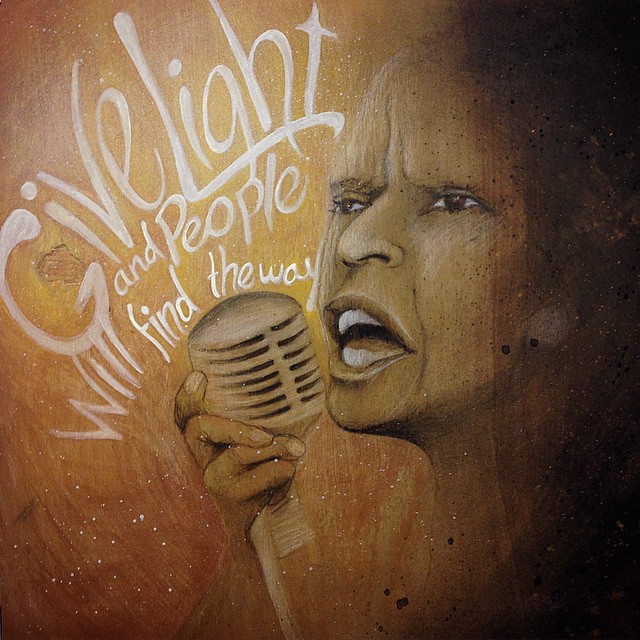
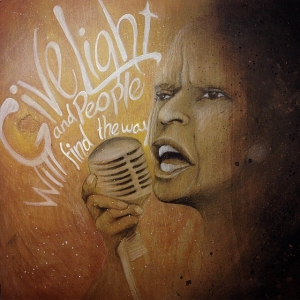


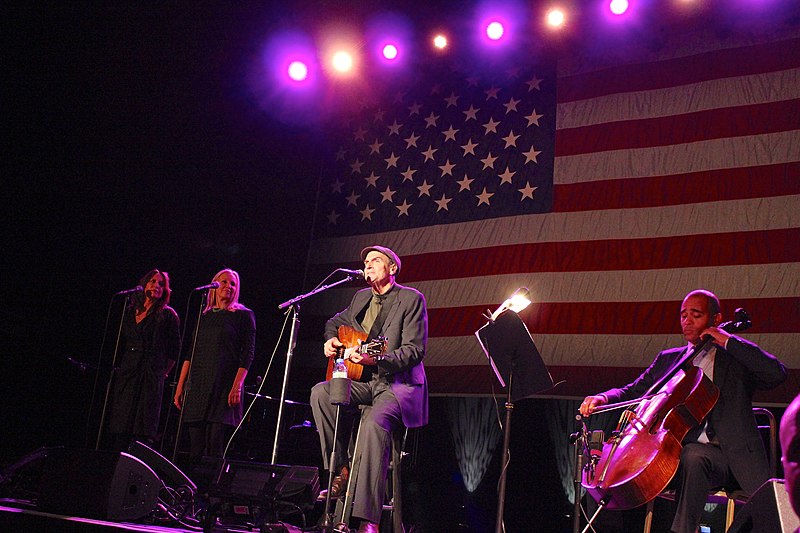 CC BY 2.0
CC BY 2.0